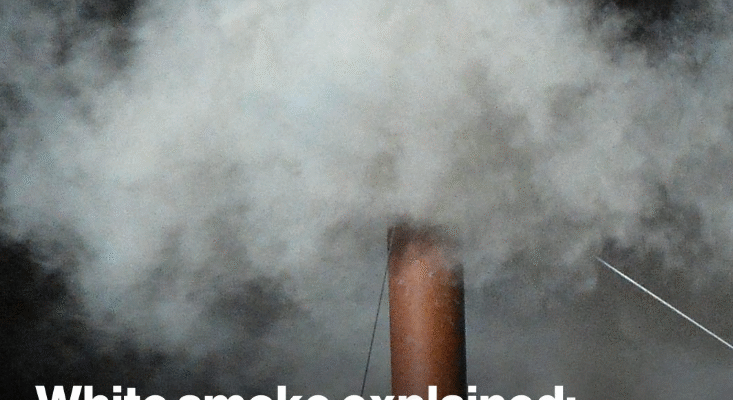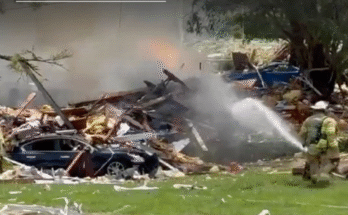Papal conclave live updates: Sistine Chapel doors close as conclave begins
The next pope will be the Catholic Church’s 267th leader.
Catholic cardinals are gathering at the Vatican to elect the successor to Pope Francis, who died on April 21. Voting will take place in the Sistine Chapel, with ballots continuing in succession until any candidate secures two-thirds of the available votes.
If no clear choice has emerged after three days, balloting is suspended for 24 hours to allow cardinal electors time to reflect. Since 1831, no conclave has lasted more than four days.
The end of each round of balloting will be signaled by smoke emanating from a stovepipe chimney atop the Sistine Chapel. Black smoke — fumata nera in Italian — indicates an inconclusive vote, while white smoke — fumata bianca — will signify that a new pope has been elected, as will the ringing of the bells of St. Peter’s Basilica.
Latest headlines:
-
42 minutes ago
-
2 hours and 9 minutes ago
-
2 hours and 56 minutes ago
How long will the conclave last?
A new pope could be elected as soon as the first ballot on Wednesday, or the process could continue for days. Since 1831, no conclave has lasted more than four days.
Up to four rounds of voting typically take place in a day. If no clear choice has emerged after three days, balloting is suspended for 24 hours to allow cardinal electors time to reflect. Another seven rounds of balloting then takes place, followed by another break, and so on.
If no pope is elected after 33 or 34 votes — generally about 13 days — then a new rule introduced by Pope Benedict XVI decrees the two leading candidates as determined by previous ballots will engage in a runoff vote. If the candidates are members of the conclave, they cannot vote in the runoff but are present for it. Whichever candidate receives the necessary two-thirds majority of the votes is the new pope.
Cardinal Jean-Paul Vesco, the archbishop of Algiers, told ABC News it would be “unexpected” if the conclave goes past Friday.
Crowds wait for smoke from Sistine Chapel
More than 30,000 people have gathered in Vatican Square for a glimpse of the smoke expected to emanate from the chimney of the Sistine Chapel following the official start of the papal conclave on Wednesday.
Black smoke would indicate that a pope has not yet been elected. White smoke signifies that one of the 133 cardinals has secured two-thirds of the votes to become the next pope.
It is unlikely that a new pope will be elected on the first day of voting.

What the conclave voting process is like
The balloting process for the papal conclave may be shrouded in secrecy, but it is straightforward.
Each conclave member writes his choice on a paper ballot slip and folds it once in half. He then carries it aloft between two fingers as he walks to the altar.
The slip is then deposited into a special urn used only for the balloting process.
Conclave members are instructed to write their votes “as far as possible in handwriting that cannot be identified as his” to ensure anonymity.

Any conclave member who cannot make it in person to the Sistine Chapel due to illness or infirmity casts his ballot from this room in the Domus Marthae Sanctae. Those ballots are placed in a lockbox and carried to the Sistine Chapel.
Three scrutineers then count the votes by affirming what is written on each ballot and announcing it to the conclave, which allows the cardinals to record the votes themselves.
The first candidate to secure two-thirds of the votes is elected as the next pope.
American pope would be ‘unlikely’
The prospect of an American becoming pope is “very unlikely,” according to Dr. Miles Pattenden, a historian of the Catholic Church and a lecturer of history at Oxford University in England.
“There has traditionally been a lot of wariness about a pope from the Anglosphere,” Pattenden said. “I shouldn’t think that the current circumstances change that, especially now with the tensions between the Vatican and the Trump administration.”



